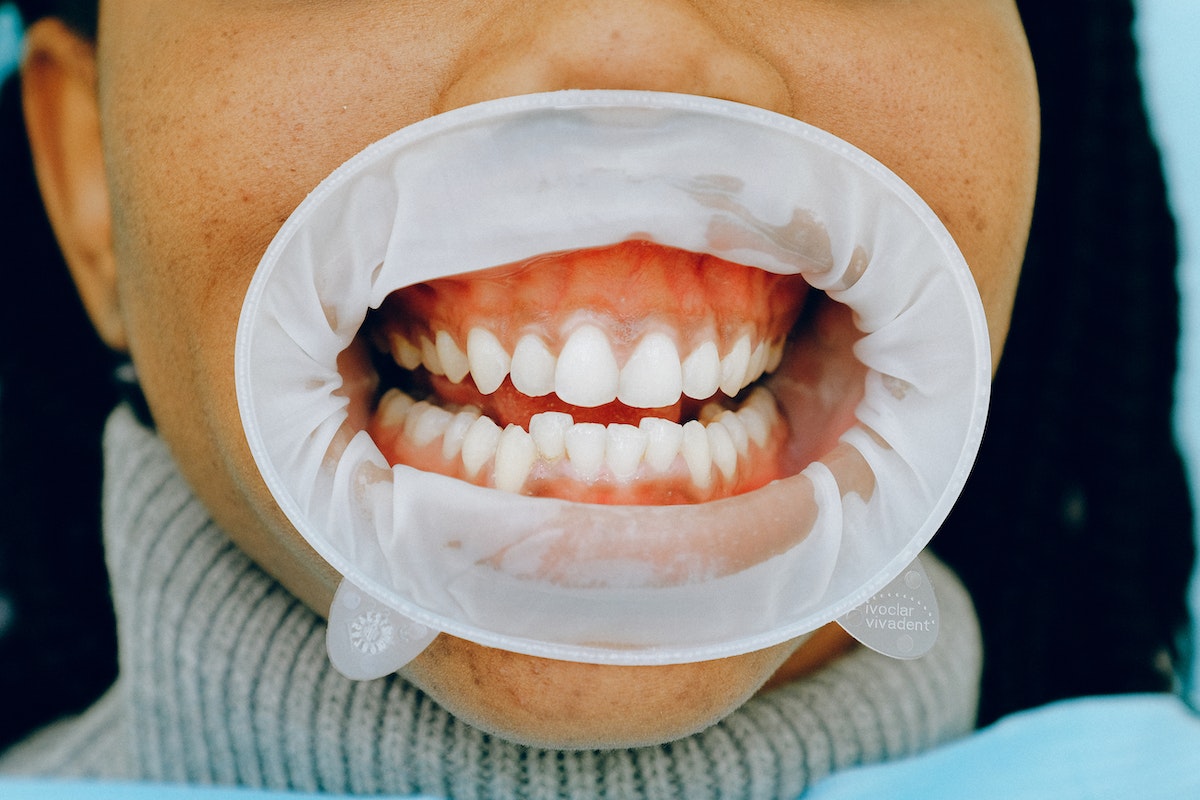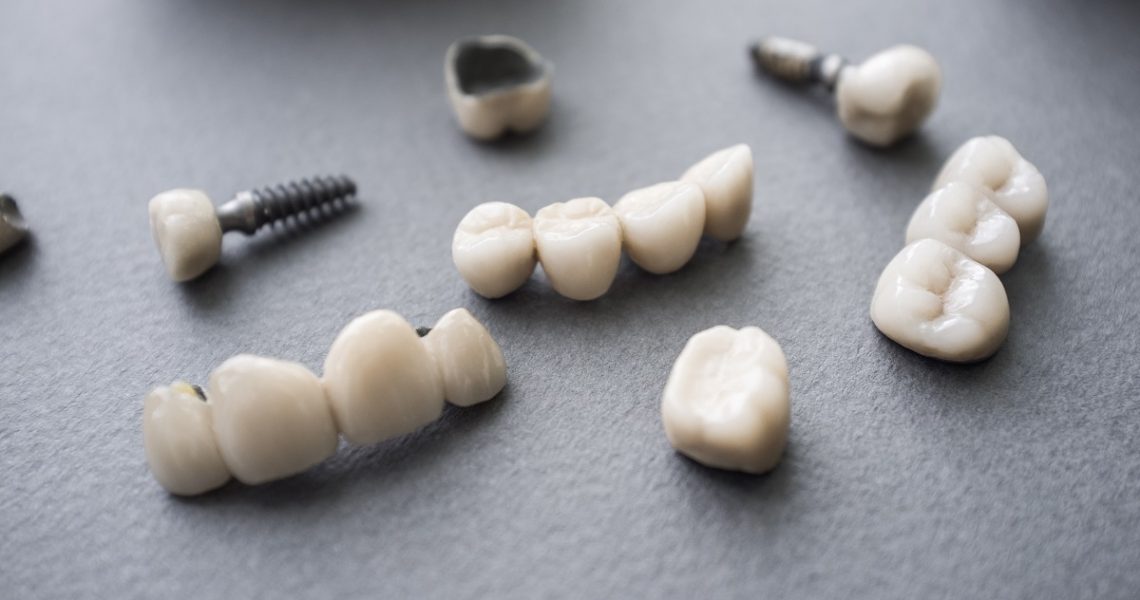It is never really easy to decide to have surgery, especially when it comes to your teeth. However, if you have had enough of wearing bridges or a partial denture to close a gap in your mouth, then you may have read about oral implants and wanted to give them a try.
As oral implants are not a standard dental procedure, many people have their concerns about the process and want to understandably know more about what they can expect when they book the initial consultation. This can vary from surgery to surgery but in this article, you will be given a generalised walk-through about what you can expect when you attend your dental clinic to have oral implants fitted.
Consultation
The first step is a consultation with your dentist about having a dental implant Melbourne fitted. This will involve your dental team taking X-rays of your jaw and assessing the overall condition of your gums and remaining teeth. The reason your dentist is looking at the jaw is to ensure that it is thick and healthy enough to be able to support an implant. If it isn’t, they may suggest that you have a different type of implant fitted such as a subperiosteal or zygomatic option.
They have to also assess that your gums are in good condition and that the remaining teeth do not have signs of decay, as both of these can impact the surgery. If there are signs of either, they will need to be treated before you have your implant fitted. If all goes well at your consultation, and you were deemed suitable, you will be invited along for the fitting.
Fitting

The fitting of an oral implant sounds scarier than it is. A basic run down goes like this; your dentist will numb the area around where the implant is to be fitted with a local anaesthetic. Or, if you are a nervous patient, you may be given sedation. They will then make some incisions into your jaw and, using a drill, will make a hole where the implant is going to be fitted. This is assuming that there was not a hole there from a recently extracted tooth. The implant is then fitted and the gum is sewn around the implant, gently holding it in place. After this, the treatment is completed and you are free to go home. This process can take many sessions depending on how many implants you’re having fitted.
Aftercare
To keep your oral implant healthy, you should avoid putting excessive weight on it and you should aim to keep the area clean for the first few weeks by rinsing it with salt water. Under no circumstances should you brush it! If you think you have an infection, contact your dentist immediately.
Follow-ups
Over the next few months, you will need to see your dental team fairly regularly so they can assess that the gums are healing and that the implant is fusing. It is important to attend these appointments because if you do not, issues that could be reversed are not spotted and can lead to a shortened life span of the implant. Or it may need to be removed completely! So keep your follow-up appointments.
Maintenance
Once you have had your oral implants fused and the prosthetics are attached, the maintenance is very straightforward. Simply brush them and floss them as you would your natural teeth and be sure to attend your biannual visits with your dental team to keep an eye out for signs of gum disease, which can shorten the lives of any oral implant.
DISCLAIMER
Any surgical or invasive procedure carries risks. Before proceeding you should seek a second opinion from an appropriately qualified health practitioner.

